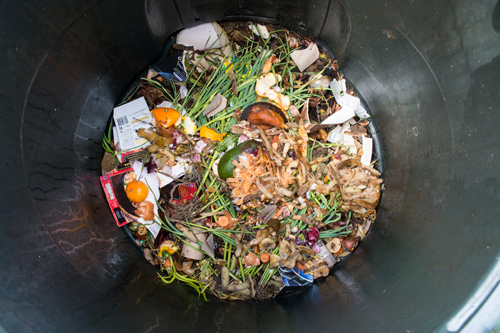Food waste is a huge problem, especially in grocery stores. Americans waste about 40% of their food every year. In 2008, 43 billion pounds of perfectly good food were thrown out of grocery stores. There are several factors that contributed to this colossal amount of waste.
Misleading Labels

This idea has been gaining traction in Europe, as well. Denmark has a volunteer-run food waste supermarket and is planning on opening two more. The Real Junk Food Project in the UK just opened its first food waste supermarket, where items have no set prices. Shoppers are allowed to pay what they can for the food.
Imperfect produce
Produce rarely grows in a way where every plant looks the exact same. Yet in grocery stores most produce looks identical. Some food in grocery stores gets thrown out because it’s imperfect, or it doesn’t “look good.” The food is still fine to eat, but often ends up in the trash. The non-profit End Food Waste has a list of retailers all over America that sell imperfect produce. They also have a petition that you can sign which asks major grocery stores to consider selling imperfect food.
There are also subscription services where you can get “ugly” produce delivered to your door. Imperfect Produce and Hungry Harvest are both organizations working to reclaim food that would otherwise be thrown away. This is a great way to reduce the waste of perishable foods, which food banks often can’t accept.
Consumer Action
Not all the blame for food waste belongs to grocery stores. As consumers we can help to influence the type of food that stores sell. By buying food in less excess, food that is close to the sell-by date, and imperfect produce, we can help reduce food waste.
Want to find out more ways to get involved in the fight against hunger? Check out our take action page!
